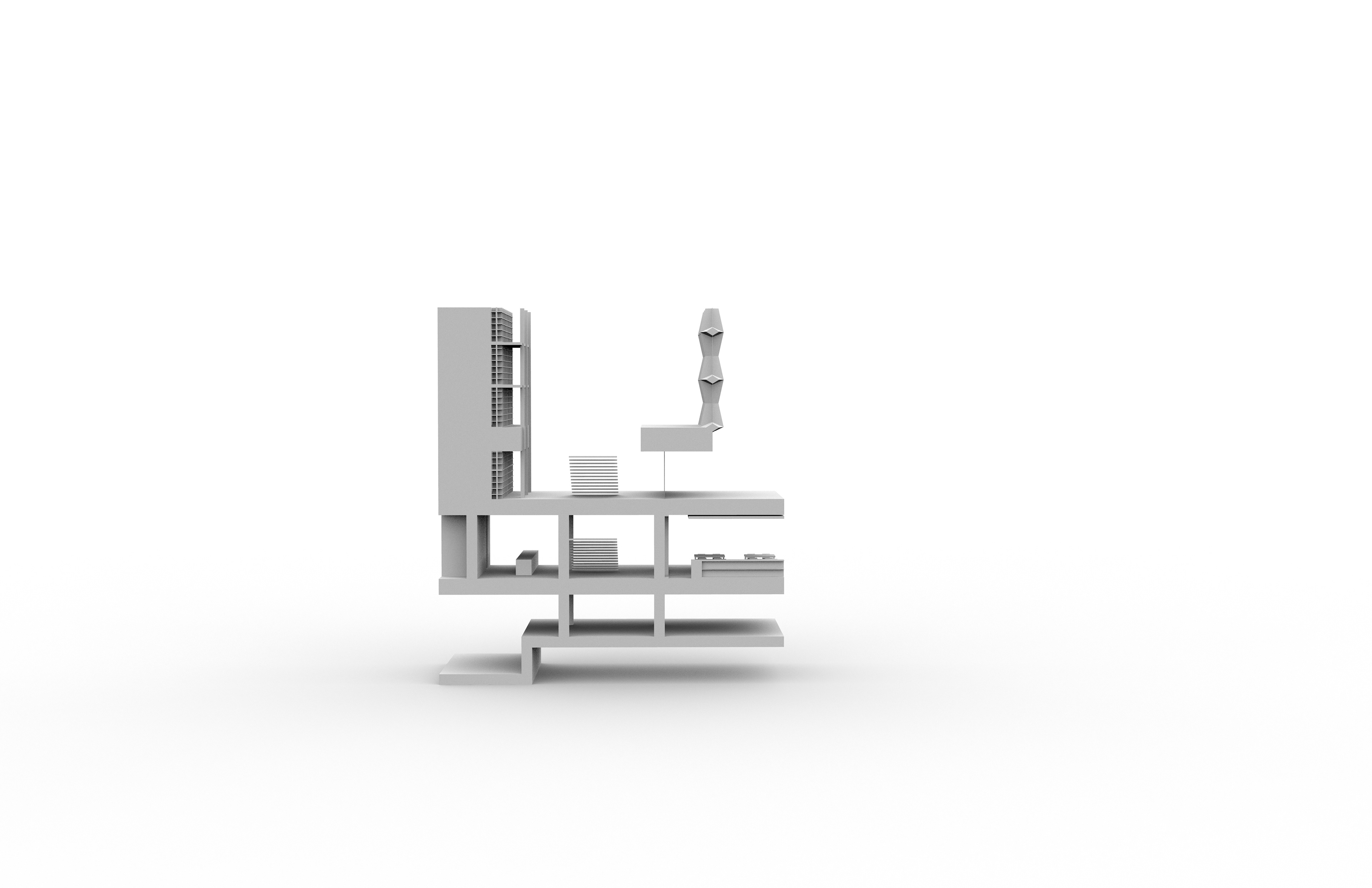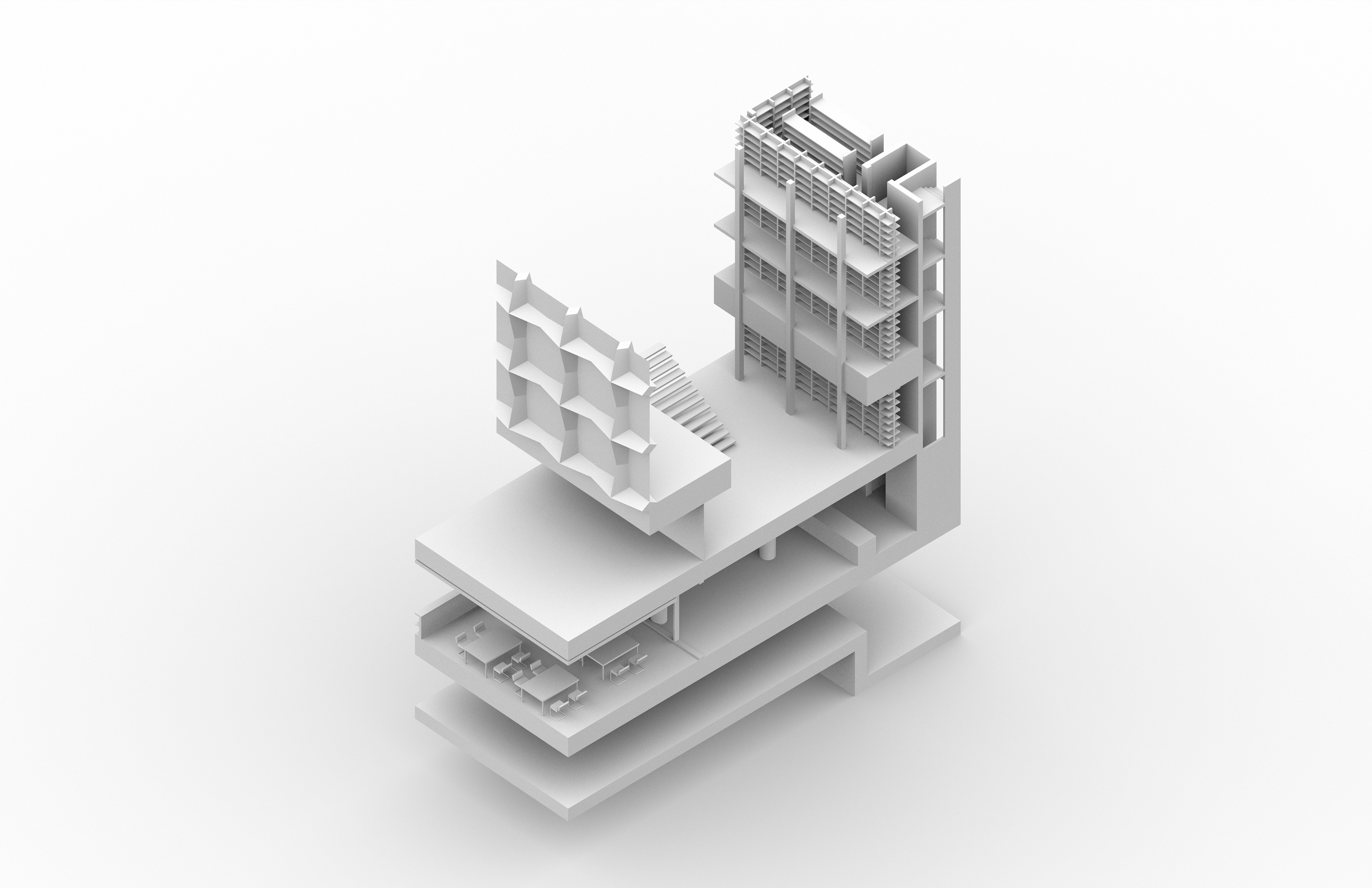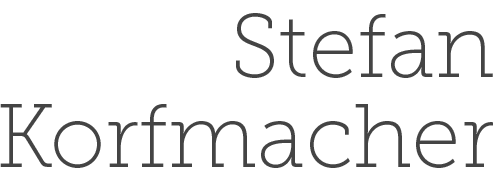Yale’s Beinecke library operates on a system of nested barriers filtering both light and access through the space. In the main volume, translucent stone panels, overhanging platforms, and reflective windows excludes all direct sunlight, while weak diffuse light enters through the stone and suggests daylight outside. Similarly, the sunken courtyard allows only reflected light into most spaces to protect historic books. Inside the library, the archive tower is surrounded by clear glass, and open bookshelves allow viewers o look into the library. Glass complicates this layering, where reflections on the archive tower and outside the entry seem to expand the adjacent spaces.
The division of public and private space echoes many of the same barriers for light. The outside wall separates the patron-exclusive lobby from the public plaza outside, while the glass tower and floor planes further filter access for those visiting the library.
The division of public and private space echoes many of the same barriers for light. The outside wall separates the patron-exclusive lobby from the public plaza outside, while the glass tower and floor planes further filter access for those visiting the library.



